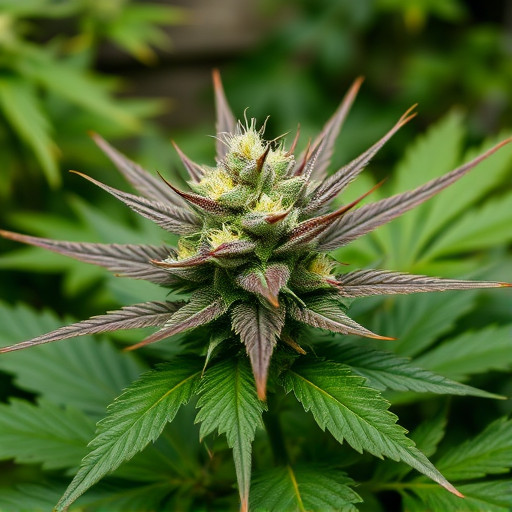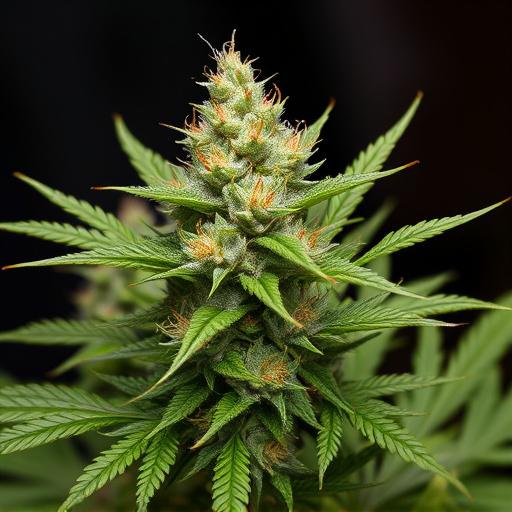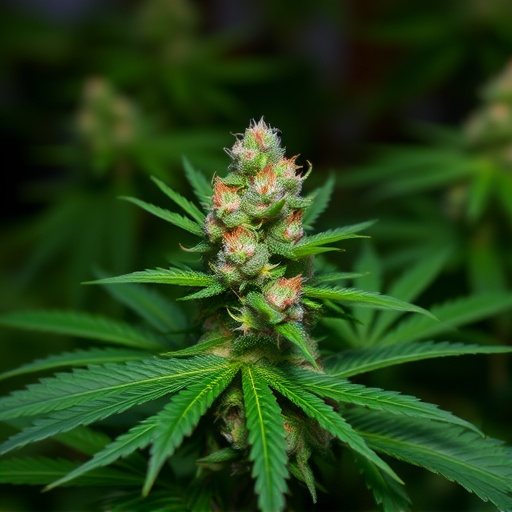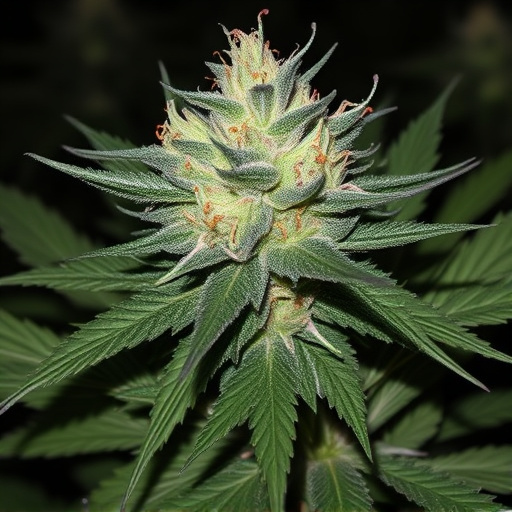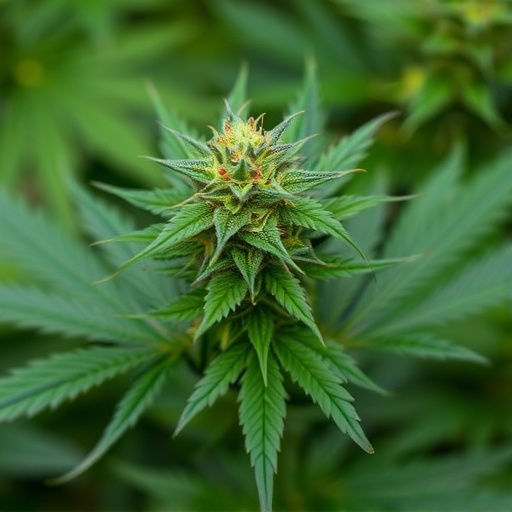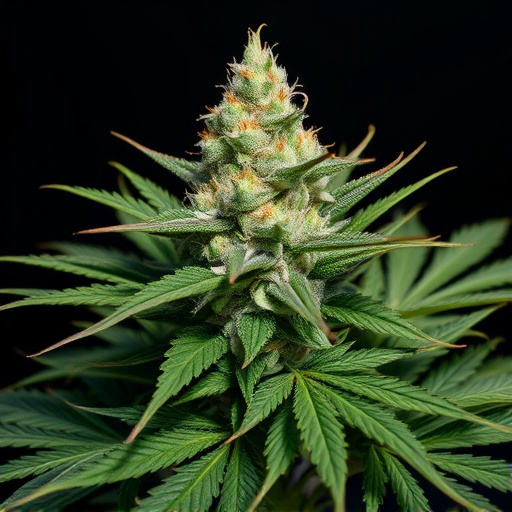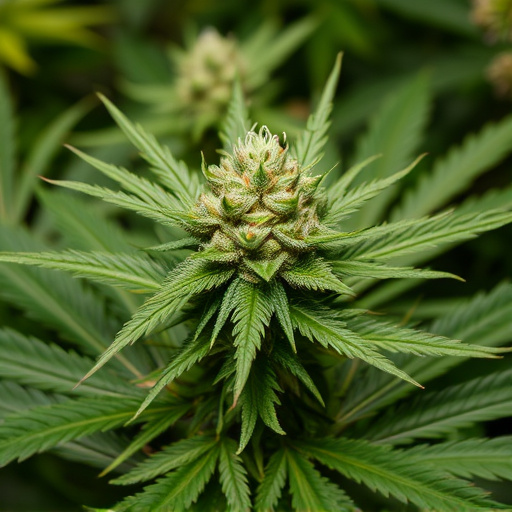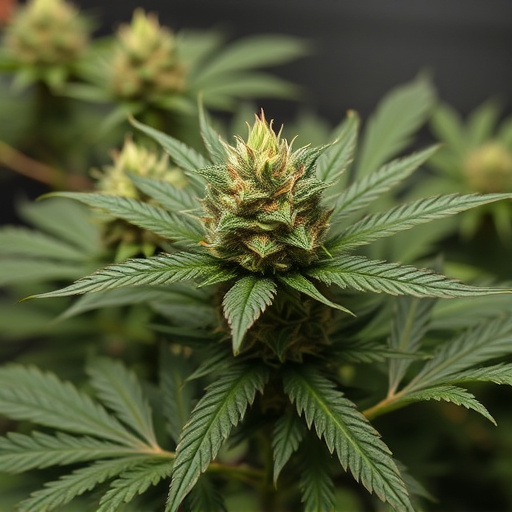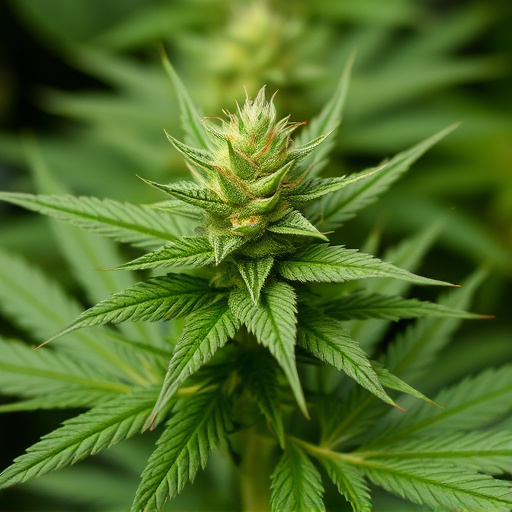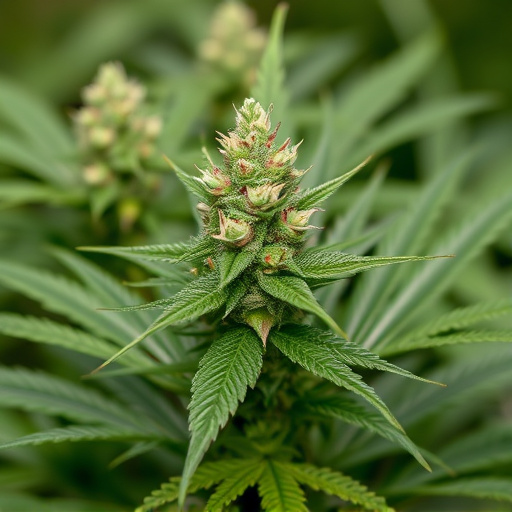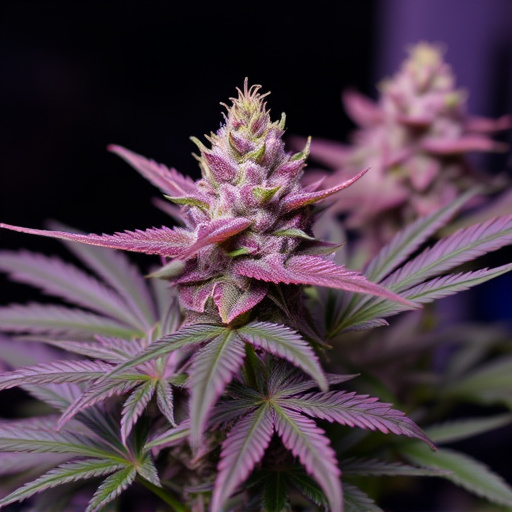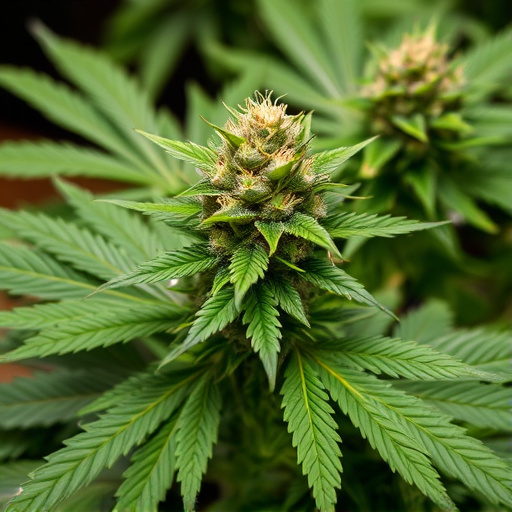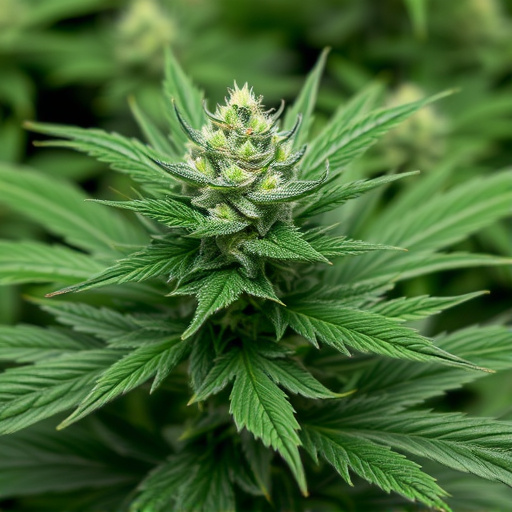Understanding medical marijuana strains involves analyzing their unique chemical profiles, including cannabinoids like THC and CBD, and terpene compounds that influence aroma, taste, and therapeutic benefits. High-THC strains offer psychoactive relaxation for pain, anxiety, and sleep, while CBD-rich strains provide non-intoxicating anti-inflammatory, anticonvulsant, and anxiolytic effects. Terpenes like myrcene, limonene, and pinene further differentiate strains, aiding in targeted treatment selections. Knowing the terpene profile is crucial for selecting strains that interact harmoniously with cannabinoids to create complex therapeutic benefits tailored to specific conditions.
Unraveling the secrets of cannabis flower is a journey towards optimal wellness. This comprehensive guide delves into the essential aspects of selecting the perfect medical marijuana strain, empowering you to navigate this dynamic landscape. From understanding terpene profiles and cannabinoid content to recognizing visual cues, we explore key characteristics that define top-tier strains. Additionally, we dissect Indica, Sativa, and Hybrid varieties, highlighting their therapeutic benefits for specific conditions like anxiety, pain management, and sleep disorders. Learn how to choose the ideal strain tailored to your unique needs while ensuring quality assurance through third-party testing and adherence to safety regulations in the world of medical marijuana strains.
- Identifying Medical Marijuana Strains: Key Characteristics
- – Terpene profiles and their therapeutic benefits
- – Cannabinoid content and its effect on dosage
Identifying Medical Marijuana Strains: Key Characteristics
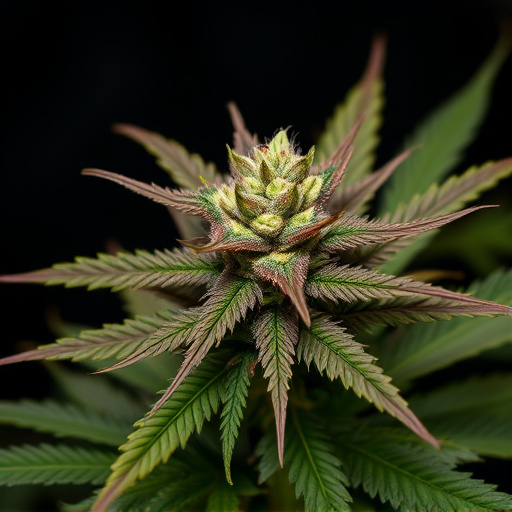
When identifying medical marijuana strains, understanding their key characteristics is essential for patients seeking specific therapeutic effects. Each strain possesses unique chemical profiles, primarily determined by its cannabinoid composition, notably THC (Tetrahydrocannabinol) and CBD (Cannabidiol). High-THC strains are known for their psychoactive properties, inducing feelings of euphoria and relaxation, making them beneficial for managing pain, anxiety, and sleep disorders. On the other hand, CBD-rich strains offer a non-intoxicating experience while providing anti-inflammatory, anticonvulsant, and anxiolytic effects.
The aroma and taste of medical marijuana strains can also serve as subtle identifiers. A strain’s scent might range from fruity and floral to earthy and piney, offering clues about its genetic heritage. Terpenes, aromatic compounds that contribute to the distinct flavors and smells, further enhance these indicators. Specific terpenes like myrcene, limonene, and pinene are associated with various therapeutic properties, adding another layer to the identification process of medical marijuana strains.
– Terpene profiles and their therapeutic benefits
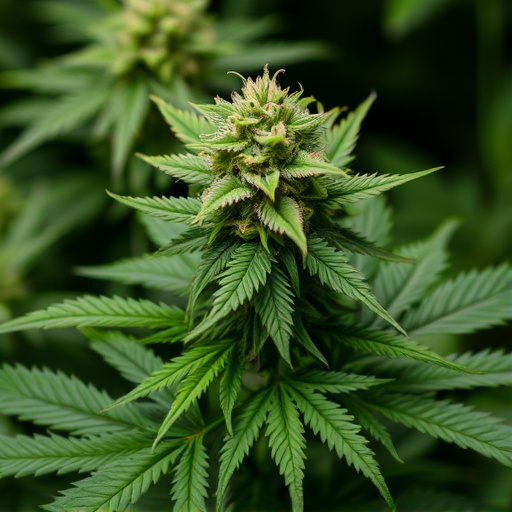
The terpene profile of cannabis is a fascinating aspect that contributes to its diverse therapeutic potential. Terpenes are aromatic compounds naturally present in many plants, including medical marijuana strains, and they play a significant role in the plant’s overall effect on the body and mind. Each strain boasts a unique combination of terpenes, each with its own specific properties. For instance, myrcene is known for its soothing and relaxing effects, making it popular for treating insomnia and anxiety. Limonene, on the other hand, offers uplifting and energizing sensations, which can boost mood and enhance focus.
When selecting a medical marijuana strain, understanding the terpene profile can be a game-changer. Different terpenes interact with cannabinoids like THC and CBD in various ways, creating complex effects. Some terpenes may amplify the potency of cannabinoids, while others can balance or temper their effects. This intricate interplay contributes to the diverse therapeutic benefits experienced by users. For specific conditions, knowing which terpenes are prevalent in strains known for their medicinal properties can help individuals make informed choices to meet their unique needs.
– Cannabinoid content and its effect on dosage

Cannabis flowers, or bud, offer a diverse range of therapeutic benefits due to their cannabinoid profile. Cannabinoids are chemical compounds that interact with our bodies’ endocannabinoid system, influencing various physiological processes. The primary cannabinoids in cannabis include THC (tetrahydrocannabinol) and CBD (cannabidiol), each with distinct effects on the user.
THC is responsible for the psychoactive or “high” sensation associated with medical marijuana strains. It can help alleviate symptoms like anxiety, depression, and chronic pain, but higher concentrations may require careful consideration due to potential side effects like increased heart rate and paranoia. On the other hand, CBD does not produce any psychoactivity but offers anti-inflammatory and anxiolytic properties. Many users prefer strains with a higher CBD:THC ratio for their medicinal benefits without the intoxicating effects. When choosing a medical marijuana strain, understanding the cannabinoid content is crucial for personalizing your dosage and optimizing therapeutic outcomes.
When selecting the right medical marijuana strain, understanding both the terpene profile and cannabinoid content is essential. Terpenes offer a range of therapeutic benefits, from anti-inflammatory properties to anxiolytic effects, while cannabinoids determine dosage and potency. By carefully considering these factors, patients can make informed choices, ensuring they find the ideal strain to meet their specific medical needs.
